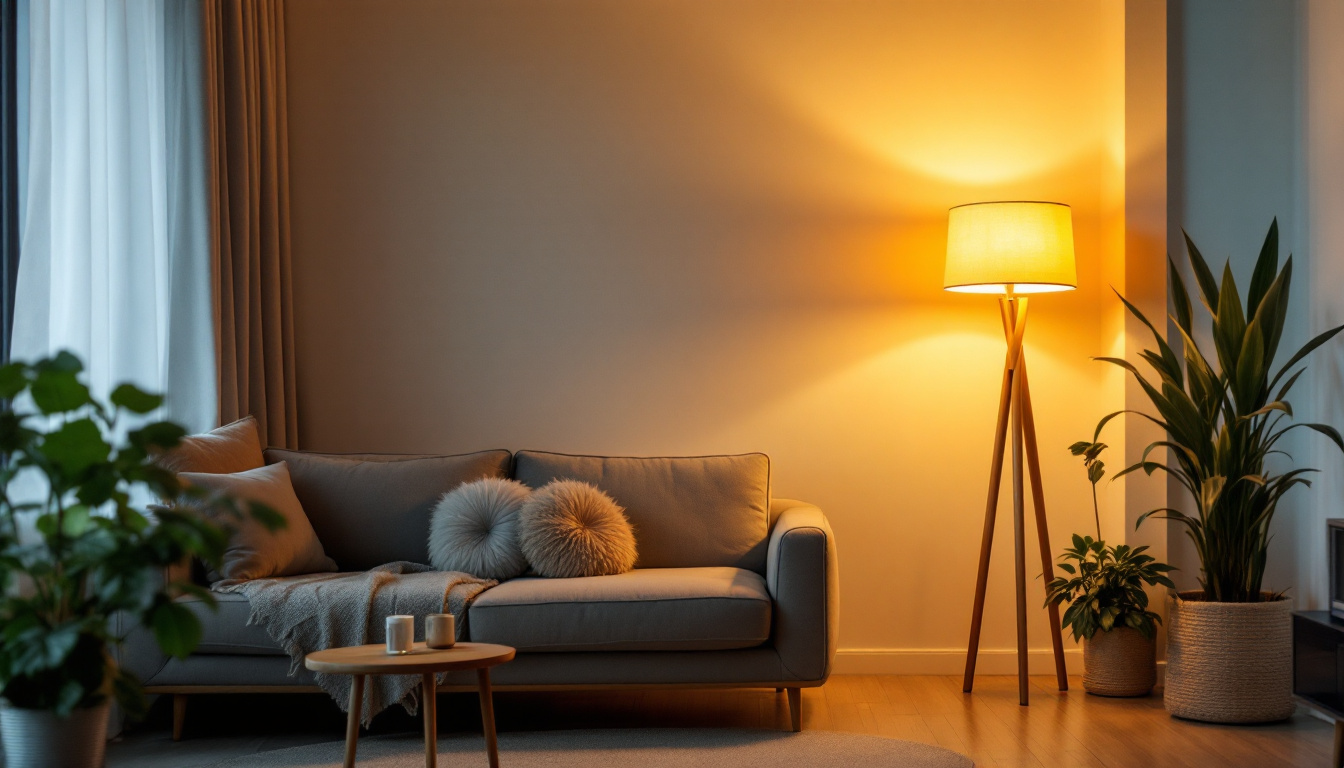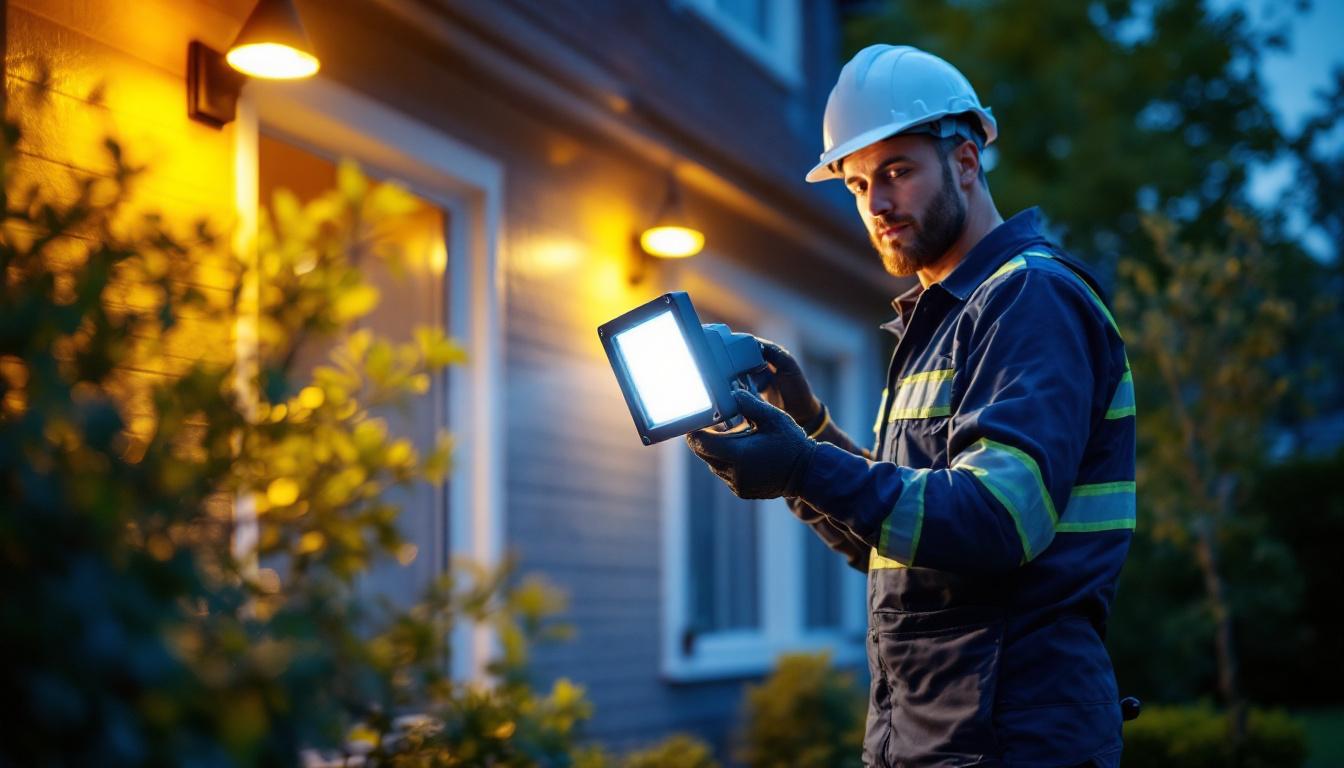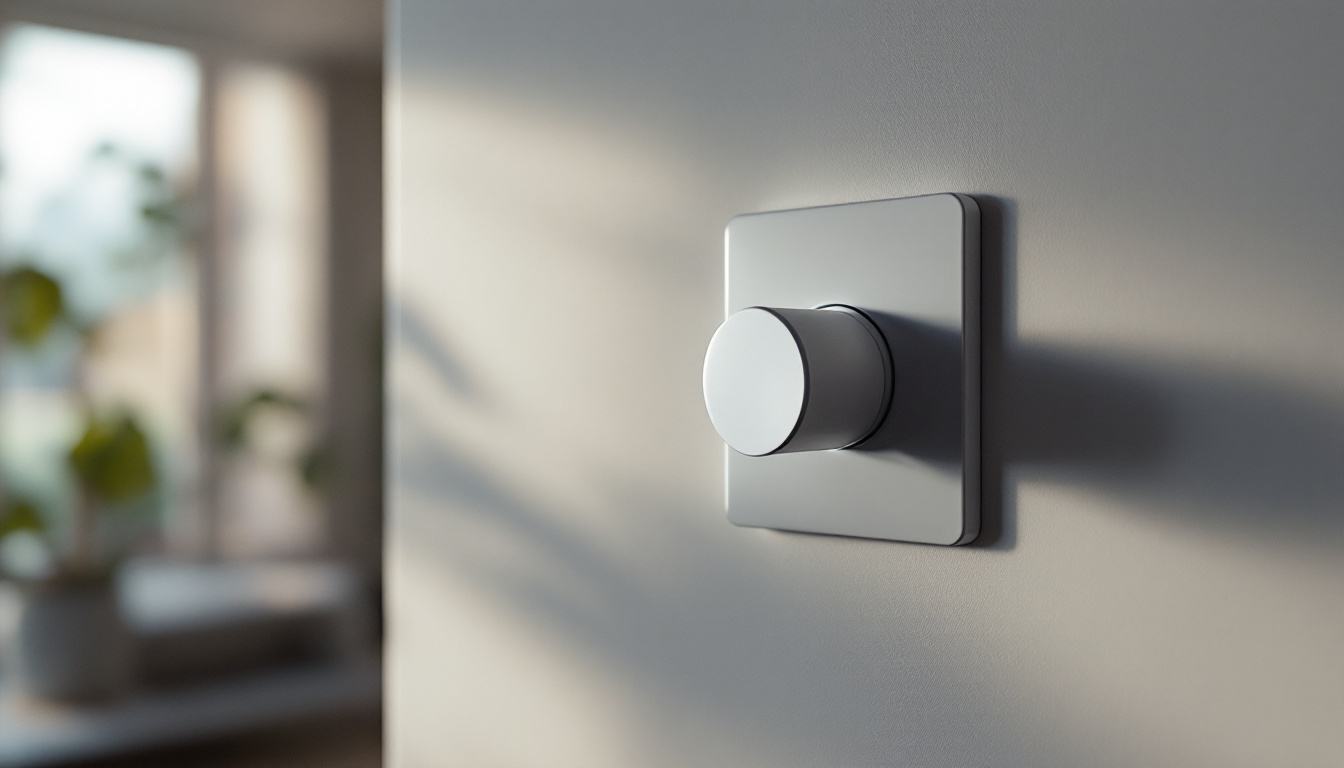
Effective lighting plays a crucial role in enhancing productivity and safety in any shop floor environment. A well-lit workspace not only improves visibility but also reduces the risk of accidents and errors. For lighting contractors, understanding the nuances of shop floor lamps is essential in creating optimal lighting solutions tailored to specific needs.
Moreover, the right lighting can significantly influence the mood and morale of employees. A well-lit shop floor can foster a positive atmosphere, leading to increased efficiency and job satisfaction. Therefore, it is vital to consider various factors when selecting and optimizing shop floor lamps. The psychological impact of lighting is profound; studies have shown that employees working in well-lit environments are more likely to feel energized and engaged, which can translate into higher productivity levels and lower absenteeism rates.
Furthermore, the implementation of smart lighting systems can enhance the benefits of traditional lighting solutions. These systems allow for dynamic adjustments based on the time of day or the specific needs of the workforce, ensuring that the lighting is always optimal for the tasks at hand. Such adaptability not only improves visibility but also contributes to energy savings, making it a win-win for both productivity and cost management.
There are several types of shop floor lamps available, each designed for specific applications and environments. Understanding these types is essential for making informed decisions about which lamps to install.
LED lamps have gained popularity due to their energy efficiency and long lifespan. They provide bright, clear light, making them ideal for detailed tasks. Fluorescent lamps are another common choice, offering a broad spectrum of light that is suitable for general illumination. On the other hand, high-intensity discharge (HID) lamps are often used in larger spaces due to their powerful output. Additionally, task lighting solutions, such as adjustable work lights, can be integrated into the shop floor to provide focused illumination for intricate jobs, ensuring that every detail is visible and reducing the likelihood of mistakes.
When selecting shop floor lamps, several key features should be taken into account. First, consider the lumen output, which indicates the brightness of the lamp. A higher lumen output is generally better for areas requiring detailed work.
Another important feature is the color temperature of the lamp. Measured in Kelvin, this affects how warm or cool the light appears. Cooler temperatures (above 4000K) are often preferred in industrial settings, as they mimic daylight and enhance visibility. Additionally, the energy efficiency rating of the lamps should be evaluated to ensure long-term cost savings. Beyond these technical specifications, it is also crucial to consider the durability and maintenance requirements of the lighting fixtures. In a shop floor environment, where dust, moisture, and mechanical wear are common, selecting lamps that are rugged and easy to clean can greatly extend their lifespan and maintain optimal performance.
Once the appropriate types of lamps have been selected, the next step involves optimizing the layout for maximum efficiency. A well-planned lighting layout can significantly improve visibility and reduce energy consumption. By strategically positioning lights, businesses can ensure that every corner of the workspace is illuminated effectively, minimizing shadows and enhancing safety for workers.
In many cases, a combination of ambient, task, and accent lighting is necessary to create a well-balanced environment. Ambient lighting provides general illumination, while task lighting focuses on specific areas where detailed work occurs. Accent lighting can highlight particular features or areas, enhancing the overall aesthetic of the shop floor. For example, using LED strip lights to accentuate shelving or product displays not only draws attention to key items but also creates a more inviting atmosphere for both employees and customers.
Before implementing any changes, conducting a thorough lighting audit is essential. This involves assessing the current lighting conditions, identifying areas that require improvement, and determining the specific needs of the workspace. Factors such as the layout of the shop floor, the types of tasks performed, and the presence of natural light should be considered. Additionally, gathering feedback from employees about their lighting preferences can provide valuable insights into how to enhance the workspace further.
A lighting audit can also help identify any existing inefficiencies, such as outdated fixtures or bulbs that consume excessive energy. By addressing these issues, contractors can create a more effective lighting plan that maximizes efficiency. Furthermore, considering the color temperature of the lighting can impact productivity; cooler tones may enhance alertness, while warmer tones can create a more relaxed environment, making it crucial to tailor the lighting to the specific needs of the tasks at hand.
Integrating lighting controls can further enhance the efficiency of shop floor lighting. Dimmers, timers, and motion sensors can be employed to adjust lighting levels based on occupancy and time of day. These controls not only improve energy efficiency but also contribute to a more comfortable working environment. The use of smart lighting systems that can be programmed or controlled remotely adds an additional layer of convenience, allowing for adjustments based on real-time needs and preferences.
For instance, motion sensors can automatically turn lights on when someone enters a space and off when it is unoccupied. This ensures that energy is not wasted in areas that are not in use, leading to significant cost savings over time. Moreover, integrating daylight sensors can help adjust indoor lighting based on the amount of natural light available, further optimizing energy use and creating a more pleasant workspace. By harnessing the latest technology in lighting controls, businesses can achieve a dynamic lighting environment that adapts to their operational needs while promoting sustainability.
Safety is paramount in any industrial environment, and lighting plays a vital role in ensuring a safe workspace. Properly designed lighting can help prevent accidents and enhance overall safety for employees.
One of the primary considerations is the avoidance of glare, which can cause discomfort and impair visibility. Selecting lamps with appropriate diffusers or reflectors can help minimize glare and create a more comfortable environment. Additionally, ensuring that all areas are well-lit can help prevent trips and falls, particularly in high-traffic zones.
In addition to general lighting, emergency and exit lighting are critical components of shop floor safety. These lights must be strategically placed to ensure visibility during emergencies, guiding employees to safety. Regular maintenance checks should be conducted to ensure these systems are functional and compliant with safety regulations.
Moreover, it is essential to provide adequate illumination for stairways, ramps, and other potential hazards. By ensuring that these areas are well-lit, the risk of accidents can be significantly reduced.
While proper lighting is essential for safety, employee training and awareness are equally important. Employees should be educated about the significance of lighting in their work environment and how to utilize it effectively. This includes understanding the importance of reporting any lighting issues and knowing how to operate any lighting controls in place.
Encouraging employees to take ownership of their workspace can lead to a more proactive approach to safety and efficiency. Regular meetings or training sessions can reinforce the importance of lighting and its impact on productivity and safety.
In today’s world, energy efficiency and sustainability are more important than ever. Lighting contractors must consider these factors when designing lighting solutions for shop floors. Not only do energy-efficient lighting options reduce operational costs, but they also contribute to a more sustainable future.
LED lighting is a prime example of an energy-efficient option that offers significant long-term savings. These lamps consume less energy and have a longer lifespan compared to traditional incandescent or fluorescent bulbs. Furthermore, many manufacturers are now focusing on sustainable production practices, making it easier for contractors to choose environmentally friendly options.
Another effective strategy for enhancing energy efficiency is the incorporation of natural light into the shop floor design. Skylights, windows, and light tubes can help illuminate the workspace during daylight hours, reducing the need for artificial lighting. This not only lowers energy consumption but also creates a more pleasant working environment.
However, it is essential to balance natural light with artificial lighting to ensure consistent illumination throughout the day. This may involve using advanced lighting controls that adjust artificial lighting levels based on the amount of natural light available.
As new lighting technologies emerge, it is crucial to consider the recycling and disposal of old fixtures and bulbs. Many lighting components contain hazardous materials that can harm the environment if not disposed of properly. Contractors should be aware of local regulations regarding the disposal of lighting products and promote recycling initiatives within their organizations.
By adopting sustainable practices in lighting installation and maintenance, contractors can contribute to a greener future while also appealing to environmentally conscious clients.
The landscape of shop floor lighting is continually evolving, driven by advancements in technology and a growing emphasis on efficiency and sustainability. Lighting contractors play a vital role in shaping this future by selecting the right products, optimizing layouts, and implementing smart controls.
By understanding the importance of effective lighting and its impact on productivity, safety, and energy efficiency, contractors can create tailored solutions that meet the unique needs of each workspace. As the industry progresses, staying informed about the latest trends and technologies will be crucial for success.
Ultimately, investing in optimal shop floor lighting is not just about illumination; it is about creating a safe, efficient, and sustainable environment that empowers employees and enhances overall productivity. Through thoughtful planning and execution, lighting contractors can lead the way in transforming shop floor spaces into well-lit, efficient work environments.
Ready to elevate your shop floor lighting to new heights of efficiency and sustainability? At LumenWholesale, we provide lighting contractors with the cutting-edge, spec-grade lighting products you need to outshine the competition. With our unbeatable wholesale prices and commitment to quality, you can trust that your lighting solutions will be both cost-effective and top-performing. Say goodbye to middleman markups and hello to hassle-free bulk buying with free shipping. Don’t compromise on quality or value—click to Wholesale Lighting at the Best Value and transform your lighting projects today.

Discover expert strategies for lighting contractors to navigate and excel in the Home Depot LED floodlight market.

Explore the transformative journey of dimmer technology in the lighting industry, from its early innovations to cutting-edge advancements, and discover how it continues to shape modern illumination solutions..

Discover how a yard lamp post can transform your outdoor space from ordinary to extraordinary.

Explore the impact of light sporting on lighting contractors’ profitability.